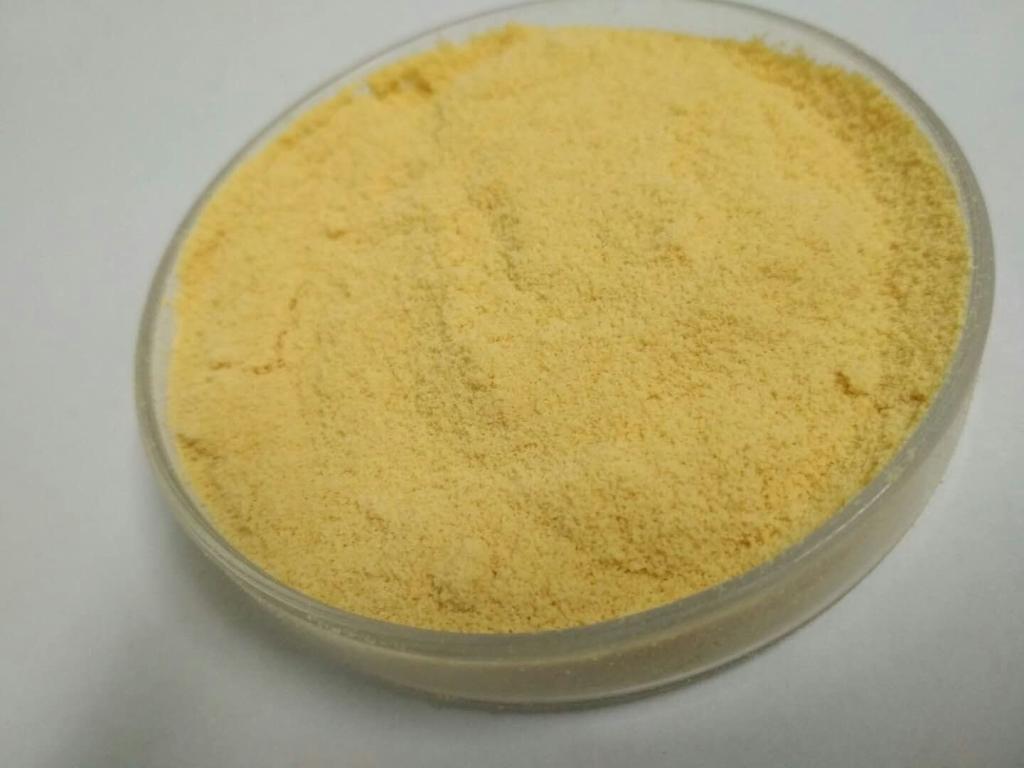Biochemistry of phospholipids
Time:2024-01-16
Phospholipids are a class of lipids that are essential components of cell membranes.They have a unique structure characterized by a hydrophilic (water-attracting) head and two hydrophobic (water-repelling) tails.The basic structure of a phospholipid consists of a glycerol backbone, two fatty acid chains, a phosphate group, and an alcohol molecule.The specific type of alcohol in the structure determines the type of phospholipid.
Here's a breakdown of the key components and aspects of phospholipid biochemistry:
Glycerol Backbone:
The backbone of phospholipids is glycerol, a three-carbon alcohol.Each of the three carbon atoms in glycerol is bonded to a fatty acid chain or a phosphate group.
Fatty Acid Chains:
Phospholipids have two fatty acid chains, which are hydrophobic.These chains are usually composed of long hydrocarbon tails and can be saturated or unsaturated.The nature of these fatty acids affects the fluidity and flexibility of the lipid bilayer.
Phosphate Group:
The phosphate group is a hydrophilic "head" that is attached to the glycerol backbone.It carries a negative charge, making the head polar and water-soluble.This hydrophilic portion is responsible for interacting with water molecules.
Alcohol Molecule:
The alcohol molecule, also known as the polar head group, determines the specific type of phospholipid.Different types of alcohols can be found in this position, such as choline, ethanolamine, serine, inositol, or glycerol.The variation in the alcohol component contributes to the diversity of phospholipids.
Amphipathic Nature:
The amphipathic nature of phospholipids, with hydrophobic tails and a hydrophilic head, allows them to spontaneously form lipid bilayers.In an aqueous environment, phospholipids self-assemble to create a stable barrier, such as the cell membrane.
Membrane Structure:
Phospholipids are the primary building blocks of biological membranes.In the cell membrane, they arrange themselves in a bilayer with the hydrophilic heads facing outward towards the aqueous environment and the hydrophobic tails facing inward, creating a semi-permeable barrier.
Fluidity and Permeability:
The fluidity and permeability of cell membranes are influenced by the types of fatty acids in the phospholipid tails.Saturated fatty acids tend to make the membrane more rigid, while unsaturated fatty acids introduce kinks, increasing membrane fluidity.
Synthesis and Metabolism:
Phospholipids are synthesized through various biochemical pathways, including the Kennedy pathway.Cells regulate the composition of their membranes by adjusting the synthesis and degradation of phospholipids based on their needs.
Understanding the biochemistry of phospholipids is fundamental to grasping their roles in cell structure, signaling, and various physiological processes in living organisms.


 CN
CN





